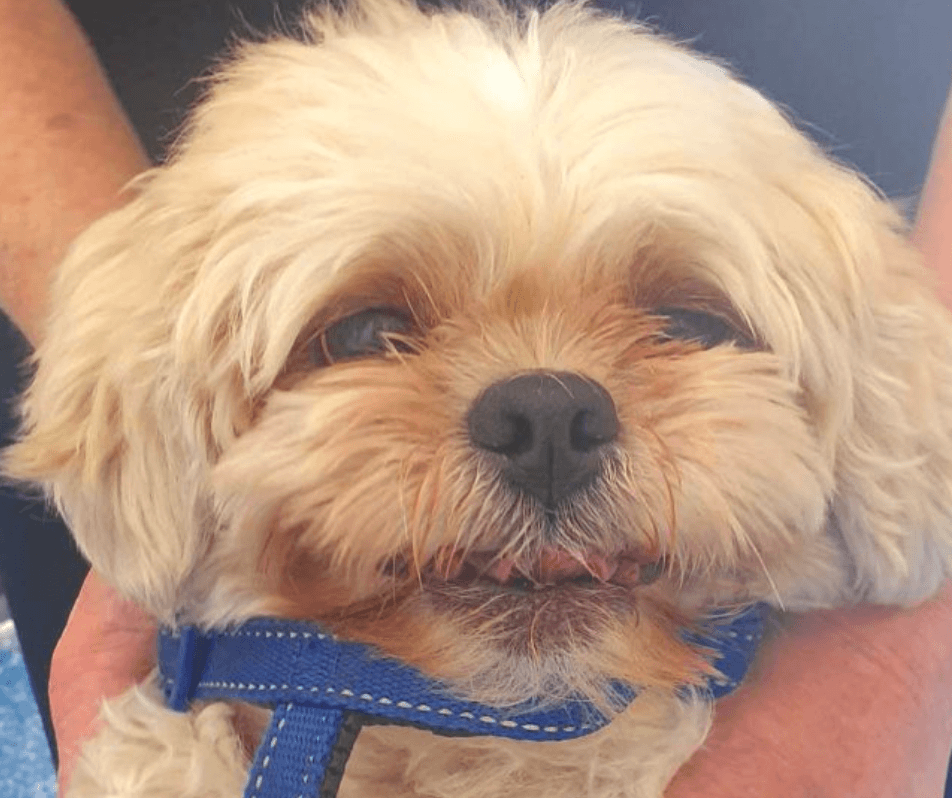Cushing’s disease, also known as hyperadrenocorticism, is a condition where a dog’s body produces too much of the steroid hormone, cortisol. Cortisol is normally produced by two glands that sit next to the dog’s kidneys, called the adrenal glands. It is very important for a dog’s body to produce cortisol for normal body function; however, when too much is produced it can make a dog very unwell.
There are two main types of Cushing’s disease: when a dog’s pituitary gland itself (a gland in the lower part of the brain) produces too much adrenocorticotropic hormone (ACTH), without telling the adrenal gland to produce cortisol. The other form is where the dog’s adrenal gland produces too much of the hormone without the brain telling it to make it. In about 85% of cases, the cause is from the pituitary and 15% is due to the adrenal gland.
In both cases, the problem is normally due to a tumour on the pituitary or adrenal gland. However, while it is technically a tumour, in most pets, there are no problems associated with this kind of a tumour, other than the body producing too much steroid hormone.
Symptoms of Cushing’s disease in dogs
When a dog has Cushing’s disease, they often show symptoms of drinking and eating more, accompanied by weight gain and an increase in urination. Other signs include:
- Developing a pot belly
- The dog’s skin and hair becomes thin
- Wasted muscles
- Excessive panting
Dogs with Cushing’s disease also have an increased risk of diabetes and bladder infections.
How is Cushing’s disease diagnosed in dogs?
A veterinary surgeon will diagnose Cushing’s initially from the appearance of a dog on examination, and from the dog’s health record history, however, a full diagnosis requires one or more blood tests. The most common blood tests used are dynamic tests, where the response of the body after either ACTH or dexamethasone, an anti-inflammatory, immunosuppressive drug, is injected into the blood and assessed. For this procedure, dogs are usually admitted as a day patient.
Treatment for Cushing’s disease in dogs
Once diagnosed, to start with most dogs are prescribed a drug called trilostane, which reduces the amount of cortisol the adrenal gland produces. It’s important that the amount of Cortisol is reduced to a normal level, but it is equally important that it isn’t reduced too much. Low levels of cortisol can lead to a dog developing an ‘addisonian crisis’, where they have inadequate amounts of cortisol. For this reason, dogs who receive trilostane therapy require regular blood tests to assess their response to the treatment.
In rare cases, surgery may be required if a dog has an adrenal tumour. This kind of surgery is complex and comes with significant risks, and it is only very occasionally considered as the correct treatment for a dog.
Cushing’s syndrome can have an effect on body functions such as the immune system, skin and the metabolism, so it can sometimes be worth adjusting a dog’s feed or providing supplements to help in these areas. In particular, fish oils are high in omega-3 fatty acids, and borage oils are high omega-6 fatty acids. While these won’t help treat Cushing’s disease, they may help with getting issues such as poor skin to improve more rapidly.
What is the life expectancy of a dog with Cushing’s disease?
Most dogs with Cushing’s who receive treatment go on to lead a good quality of life and can live a long time. However, if Cushing’s disease is left untreated, it can severely impact a dog’s quality of life and life expectancy.
If you suspect your dog may be showing symptoms of Cushing’s disease, contact your local Animal Trust immediately and book a free consultation.




